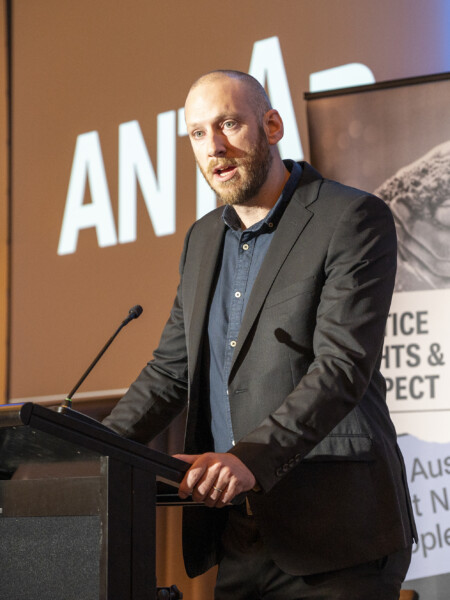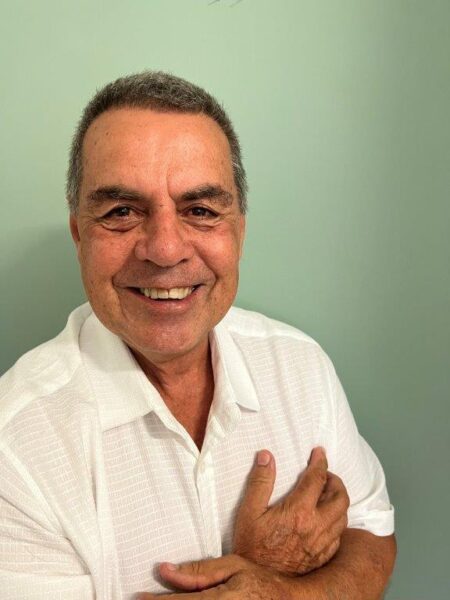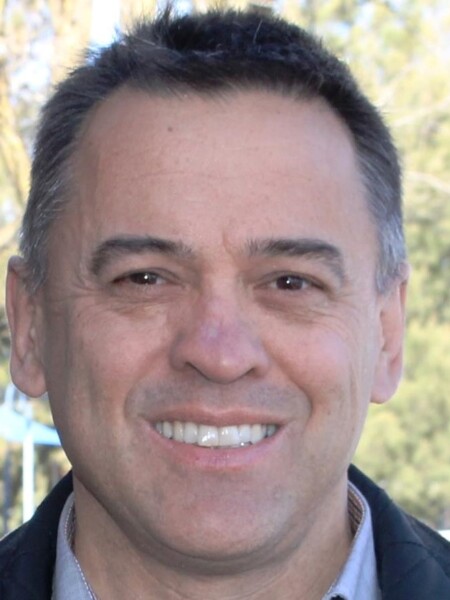Rather than any bland words of tepid excuse or obfuscating, the Commission launched right into the heart of why, 18 years after the first call to Close the Gaps in health outcomes between First Nations and non-Indigenous peoples, the Government’s ‘efforts’ to fix things continues to languish in failure:
The Productivity Commission’s first review of the Agreement shows that governments are not adequately delivering on this commitment. Progress in implementing the Agreement’s Priority Reforms has, for the most part, been weak and reflects a business-as-usual approach to implementing policies and programs that affect the lives of Aboriginal and Torres Strait Islander people.
Weak. Business-as-usual. Michelle Gratton in The Conversation this week called it ‘depressingly predictable’. This has been the never ending story for Aboriginal and Torres Strait Islander communities when it comes to social policies that impact them. The Commission went on to say that the ‘Current implementation raises questions about whether governments have fully grasped the scale of change required to their systems, operations and ways of working to deliver the unprecedented shift they have committed to.’ This is history repeating itself.
In the Voice debate, Closing the Gap has been invoked by both sides to argue for and against the virtue of a mechanism to speak to Parliament and Government on these matters of life and death. And I mean life and death. The glacially slow (although with global warming’s current rate, maybe glacial references are no longer apt for metaphor) pace of improvement in the headline measure of life-expectancy still sits at just under a decade for males (8.6 years) and not much better for females (7.8 years).
Evolved from the original 7 socio-economic indicators under the old Closing the Gap regime, of the current 17 indicators, only 4 are on track to close, another 4 are going backwards – including adult incarceration rates (already some of the worst in the world), children in out of home care and suicide rates.
The draft Review from the Productivity Commission goes on to state that:
It is too easy to find examples of government decisions that contradict commitments in the Agreement, that do not reflect Aboriginal and Torres Strait Islander people’s priorities and perspectives and that exacerbate, rather than remedy, disadvantage and discrimination. This is particularly obvious in youth justice systems.
The irony of state governments such as Queensland promoting their commitment to closing the gap whilst doubling down on building more youth detention centres with its shameful record of leading the country in locking up kids. The Qld Minister responsible for youth justice struggles to keep the story straight.
This is industrial scale cognitive dissonance, to act so clearly in conflict with the stated values and aims (insert global warming parallel here!). It is so easy for Ministers and senior bureaucrats to hide behind the abstract of big numbers. Statistics, dollars invested, dollars saved, arrest metrics, the doubling down or ratcheting up of law and order rhetoric as election days approach. What is all too often lost is the individual lives ruined, the families devastated, the communities ignored.
Pat Turner, CEO of the National Aboriginal Community Controlled Organisation and convenor of the Coalition of Peaks that negotiated the 2020 National Agreement on Closing the Gap has said:
…governments need to do much more to implement their commitments to the Priority Reforms, that progress has been patchy and not as intended. I hope this review is a wakeup call to governments to get on with the job they have all agreed to do.
This was also the reflection of Productivity Commissioner, and Djugun-Yawuru man Romlie Mokak who said:
…good intentions are not translating to meaningful action on the ground and in communities. The Commission Report says matter of factly, that without stronger accountability for its implementation across all government organisations, the Agreement risks becoming another broken promise to Aboriginal and Torres Strait Islander people.
However, the slivers of hope for turning this around are there.
Firstly, despite another wasted decade under the previous Coalition government, one of the rare positives from the Morrison Government-negotiated Agreement was to put the independent monitoring and reporting responsibilities in the hands of the Productivity Commission. Commissioner Mokak has decades of experience in government and leading Aboriginal and Torres Strait Islander peak health organisations like the Australian Indigenous Doctors Association and the Lowitja Institute. The influence and experience of experts like Mokak are the reason why the Commission is able to be so direct and clear in this draft review report. This is complemented by the expertise and advocacy of the First Nations leadership from people like Pat Turner and others in the Coalition of Peaks.
Secondly, a major improvement on the ‘targets’ focused approach of the first iteration of Closing the Gap is the up front commitment to the four Priority Reforms. These four reforms, insisted upon by the leadership from the Coalition of Peaks, are the keys to the structural and systematic changes required.
- Turning the rhetoric of ‘partnership’ and ‘co-design’ into real shared decision making is non-negotiable.
- Supporting community-controlled services – the evidence has been in for years that these consistently provide the best outcomes for Aboriginal and Torres Strait Islander peoples.
- Transforming government services and programs. Maybe the hardest of the three reforms but equally essential to real change, and
- Shared access to adequate data. Aboriginal people are entitled to their own information and to hold governments accountable to how they use it to justify what they do, and how.
And finally, constitutional recognition via an Aboriginal and Torres Strait Islander Voice to Parliament will lift the visibility on these reforms, platform the expertise within First Nations communities and in their peak organisations and, over time, change the conversation about how our society considers and accommodates all of its citizens.
This blog is also published on John Menadue’s Public Policy Journal, Pearls and Irritations.




